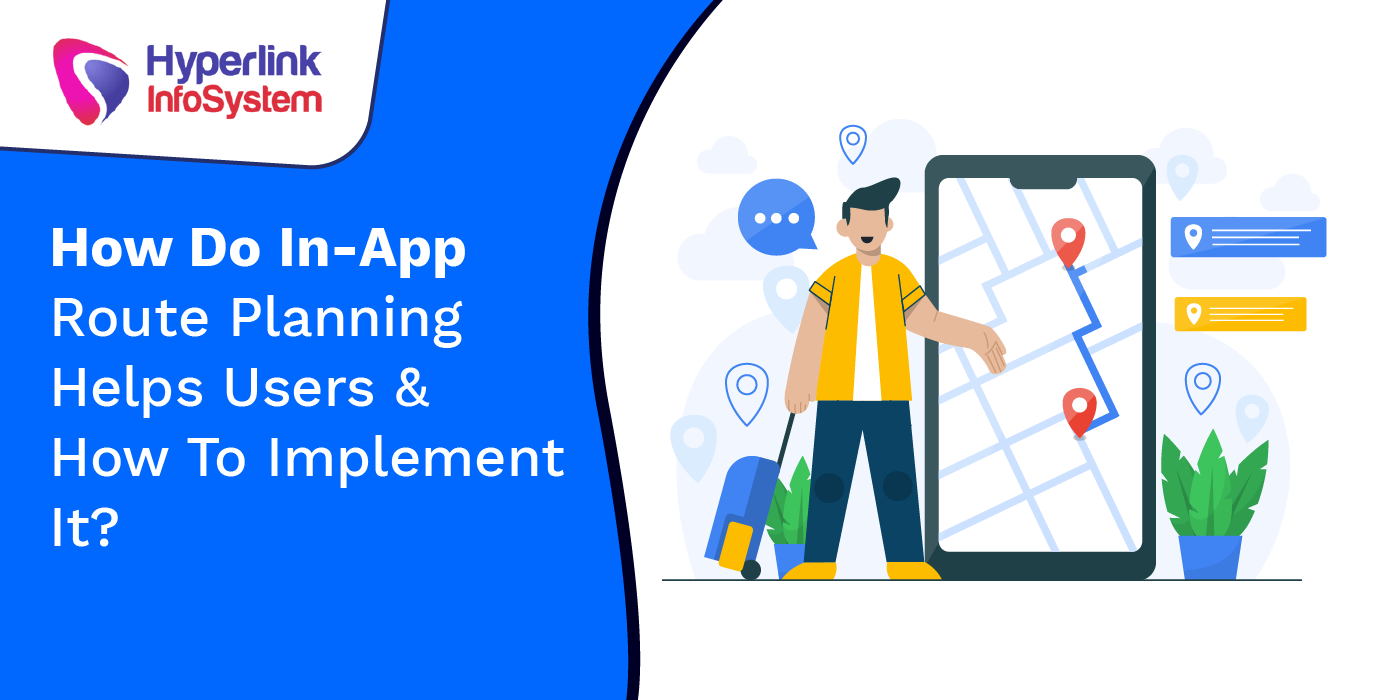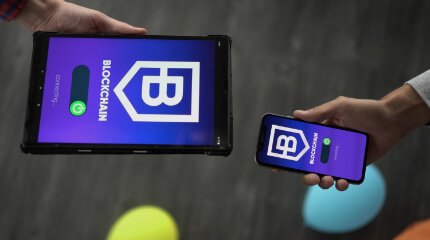�
Most of the mobile apps we use currently have location awareness. These apps know where you are presently located and thus helps you look for things around you. For instance, social media apps like Instagram display where the pictures got clicked. Eventbrite invites you to enjoy various events in your existing city, and OpenTable shows us the closest restaurants and bars. Such attributes involve the users in the apps, thus increasing the engagement rates.
However, people must open another app to schedule their routes to reach the destination point. This is how you take your engagement rates to the next level, get route planning to your mobile or web app. By including route planning, you’ll boost user loyalty and enhance user experience, thus getting more revenues for your business.
Below are the few kinds of apps which developed by
top app developers that can benefit from route planning.
Travel apps
Enabling your users to plan trips and create travel routes inside your apps can create a delightful experience for them. A website and an app called “AllTrails”, known for hiking and mountaineering, enables you to develop routes of your walking tours, record them, share them, and see the maps created by other people.
Event apps
Imagine a situation where a person is traveling to another city or country for a concert, and wants to eat and stay a night there, what will they do? For such scenarios, you can allow users to plan routes from events to closed restaurants or hotels and city attractions and special exhibitions. A huge event platform, Festicket, provides a similar option referred to as Festicket Trips. However, users can modify these packages and routes. What you can do is offer event tours with tailored maps.
Transportation apps
For delivery, logistics, and taxi companies, route planning is crucial. Moreover, it comes essential for picking up various passengers or delivering multiple parcels or food orders. Many such apps offer several solutions for logistics and delivery companies, focusing on impeccable route planning.
Real Estate apps
Finding places to buy or rent can be challenging. People have to view many properties that can be pretty far from one another. Map building and scheduling can ease their lives. This also applies to the brokers or agents who assist these tenants or buyers in their quest for properties. Therefore, brokers will undoubtedly appreciate this route planning tool.
The top American real estate apps,
Zumper and Zillow, enable users to plan live tours, yet none of them allow them to create live tour maps. This is something you could implement while developing your mobile app.
Medical care apps
Doctors and nurses frequently perform routine check-ups at the patient’s houses. You can develop an app that can help these nurses and doctors arrange their check-ups via your apps.
Parking apps
Mapping a route to parking can be a huge money and time saver for those driving to different countries or cities. Parking apps such as Parke, facilitates you to find the closest parking spots and compliments that feature with tailored routes.
If you are thinking of developing an app such as the above, this article will further explore what an app should offer the users.
What route mapping must offer users?
Route planning relies too much on maps and the information they provide on speed, traffic jams, alternate routes, locations, distance, and others.
Assisting people prioritize stops
While selecting options to visit, people may choose to visit one place over the other. For example, a renter selects a place to stay; they may find some options more interesting than others and thus want to visit those places first. In such situations, you can allow users to rate places to ensure they manage to view the prioritized places. People may even count on ratings dropped by others to assist them in planning the routes.
To include ratings to your mobile app, you can select from a bucket of APIs such as Bolton, sellytics, and ReviewPro. Moreover, there are industry-focused APIs that provide rating features, such as the Uber Driver API for taxi companies, and Amadeus Hotel Ratings for travel apps. However, companies prefer developing custom rating services for their apps to generate more flexibility and to balance this functionality smoothly.
Assisting People schedule their time
Once people have prioritized locations to see, they are required to determine when to see those places and how much time should be given to each one. For this, they require an integrated calendar, such as
Google Calendar API.
Assisting People sync their tour plans
People may need to sync their route plans with others like agents or tour leaders, friends, families, and others. This is why users require a feature to share and approve their itineraries with others. Most app creators choose options like Google’s mobile and web sharing APIs.
Even if a user or agent is offline, you can send an SMS instead of an in-app notification. There are various solutions for push notifications and one of them FireBase Cloud Messaging.
Another method to sync route plans is by applying real-time chat in your mobile app, where people can share routes.
There are a few route planning software you can use to develop your route planning.
Route4Me
This one is another route planner that offers its route planning API at no cost. However, you have to pay for additional services such as in-app voice-guided navigation, scheduled client notifications, delivery analytics, and a CRM system. Route4Me is more personalized than other options and is leveraged by many companies in the transportation, healthcare, food delivery, and construction industries.
Onfleet
This SaaS product gets created for last-mile delivery and delivery management. Onfleet supply companies with an API can get synced into parcel delivery apps and online ordering. You can also use this Onfleet to manage your inventory, receive delivery reports, and deliver routines.
There are a few more SaaS tools you can use, but it all depends on your budget and organization goals. If you require to enrich your app’s features within a short-run with less costs, SaaS tools will do. However, whichever Saas tools you choose, you won’t be able to customize services as per your requirements. Moreover, you will also have to pay a small fee; hence, you’ll spend quite some money.
Last words:
It can be quite challenging to implement mapping in your app, since you have to create a sophisticated system for modifying and sharing routes with planning real-time chats, push notifications, and much more. However, the outcomes will be a better user experience and more customer loyalty.























